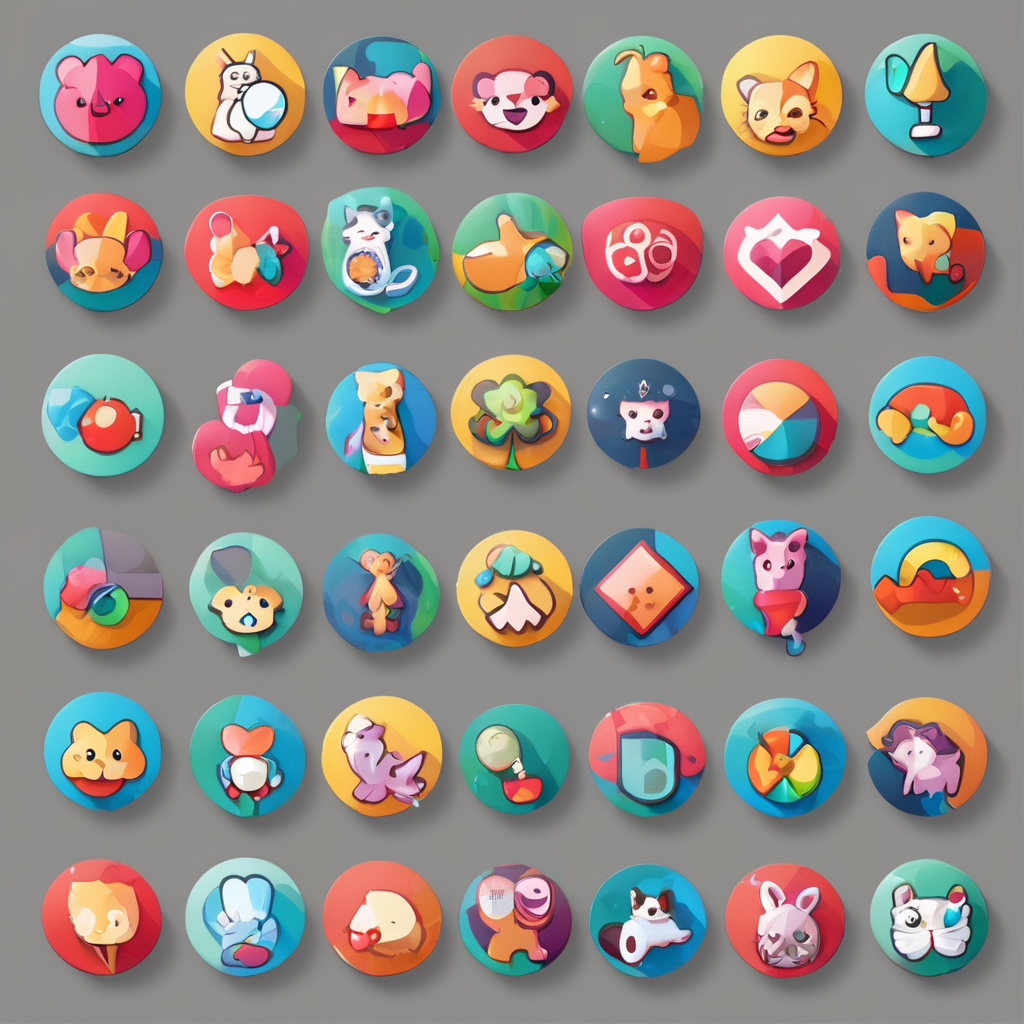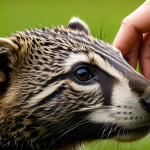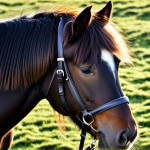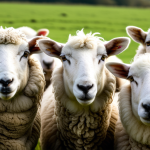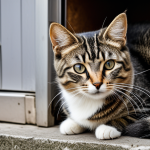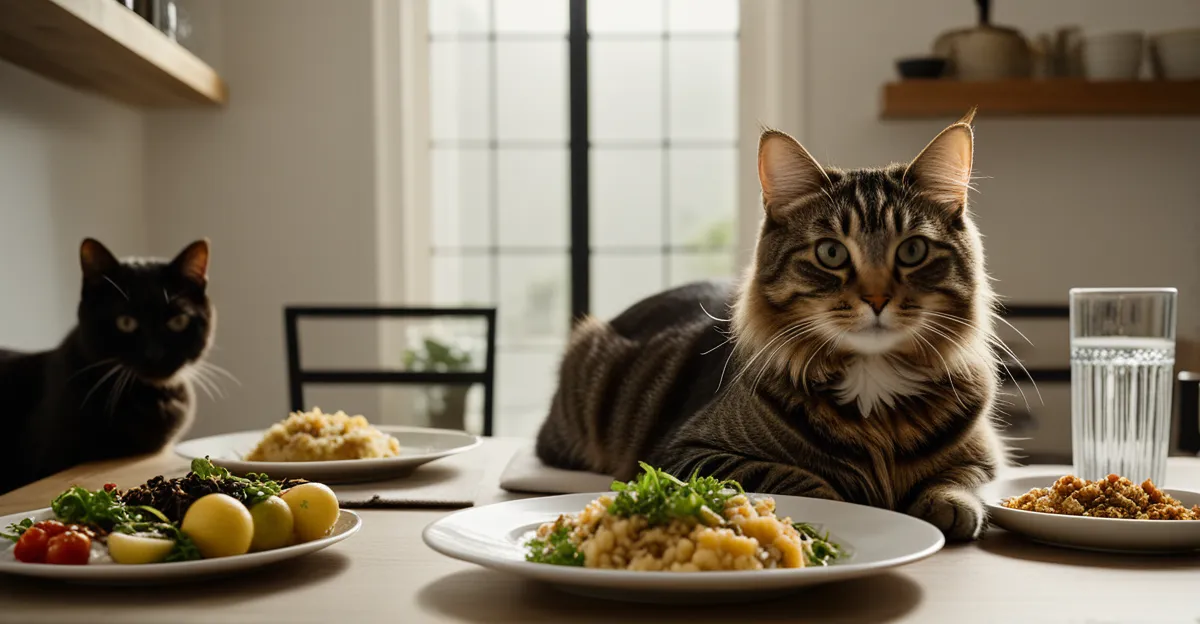Understanding Social Eating Anxiety in Cats
Social eating anxiety in cats is a condition where felines exhibit stress or discomfort when eating near other animals or humans. Signs can vary: some cats might avoid food bowls, exhibit aggressive behavior, or only eat when others aren’t around. Recognizing these behaviors is crucial, as they can easily be mistaken for typical feline pickiness rather than anxiety.
The environment plays a significant role in how cats behave during meals. A noisy, bustling area might overwhelm a cat, triggering stress that manifests as social eating anxiety. Conversely, a quiet, secluded spot can make a cat feel safe and more inclined to eat comfortably. Understanding the effects of environmental factors can help in the management of this anxiety.
Avez-vous vu cela : Ultimate Handbook: Easing Your Rescued Street Cat into a Warm and Comfortable Home Life
Addressing social eating anxiety involves identifying and mitigating stressors. By analyzing the cat’s behavior during meals, owners can pinpoint triggers and adjust the feeding environment accordingly. This might involve ensuring a quiet dining area, separating multiple pets, and maintaining a consistent routine. By paying attention to these elements, cat owners can significantly improve their pet’s wellbeing and reduce anxiety during meals.
Designing a Calming Dining Space
Creating a stress-free environment is vital for addressing social eating anxiety in cats. The design of the cat dining space plays a crucial role in achieving feline comfort during meal times. Location and quietness are key elements in this design. A dining area located away from foot traffic and household noise will make the cat feel more at ease. It’s important to place bowls in a location that enhances the privacy of the cat, which aids in reducing stress levels.
Cela peut vous intéresser : Creating an Adventurous and Secure Sensory Paradise for Visually Impaired Cats to Explore the Outdoors
Selecting the right bowl also contributes significantly to creating a soothing dining experience. Opt for shallow bowls, as they provide the cat easy access to food without straining their whiskers. Additionally, consider the bowl’s material; ceramic, glass, or stainless steel can be excellent choices due to their durability and ease of cleaning. The placement of the bowl should encourage comfort, ideally positioned against a wall or corner to offer visual protection.
Finally, consider ambient factors such as lighting and temperature. Dim lighting and a comfortable temperature contribute to a calming atmosphere, thereby facilitating a stress-free meal experience and enhancing the overall welfare of the cat.
Understanding Social Eating Anxiety in Cats
Understanding social eating anxiety is key to enhancing a cat’s overall wellness. This condition is marked by a cat’s stress or discomfort when eating around others, often displayed through avoidance or selective eating. Identifying these behaviors early is crucial in distinguishing anxiety from mere finickiness and allows for precise interventions.
Environmental factors critically impact a cat’s eating behavior. A hectic, noisy environment can heighten anxiety, causing a reluctance to eat. Conversely, placing food bowls in a calm, separate area might encourage comforting eating habits. The SQuAD method emphasizes the importance of correctly identifying triggers—in this instance, environmental cues—that may exacerbate a feline’s anxiety.
Addressing anxiety involves adapting the feeding setup. Thoughtful consideration into the cat’s environment and routine adjustments can help reduce stress levels. Implementing changes like separating multiple pets or ensuring a quiet area for dining, using appropriate bowl types, and sticking to consistent routines can make a significant difference. Recognizing these stressors, and managing them proactively, is crucial in fostering an environment conducive to relaxed meal times and ultimately supporting a cat’s well-being.
Strategies to Alleviate Social Eating Anxiety
Managing cat anxiety during meals can significantly enhance a feline’s well-being. One effective technique is gradual acclimatization, which involves slowly introducing a cat to various feeding environments. This strategy helps build confidence by allowing the cat to associate mealtime with positive experiences rather than anxiety.
To enhance a cat’s sense of security, consider creating specific routines before and during meal times. For instance, play gentle music or perform calming activities, such as gentle petting, right before feeding. This kind of preparation relaxes the cat, making meals less stressful and establishing positive associations with eating time.
Routine plays a crucial role in reducing anxiety. Cats thrive on consistency; thus, feeding them at the same times each day can diminish stress. Consistent routines build familiarity, allowing cats to anticipate and feel secure during meals.
In summary, incorporating gradual exposure techniques, enhancing the environment, and maintaining a structured schedule are key strategies to minimize social eating anxiety. These approaches not only improve a cat’s meal-time experiences but also contribute to overall feline wellness by promoting a stress-free environment.
Incorporating Natural Elements into the Dining Space
Creating a natural cat environment can substantially ease social eating anxiety. Introducing calming elements such as plants and natural materials into the dining space fosters a peaceful setting for your feline friend. But how can specific plants play a therapeutic role?
These plants not only enhance feline health but also contribute to a visually soothing atmosphere. Examples of cat-safe plants that promote relaxation include cat grass and chamomile. Cat grass offers a non-toxic texture for exploration, while chamomile exudes soothing aromas that can ease feline stress.
To create a balanced setting, consider using natural materials like bamboo and stone in the dining area. These materials evoke a sense of nature, which can be inherently calming for cats. Achieving a visually appealing yet calming space involves strategically placing these elements without overwhelming the area.
Position decorations thoughtfully to ensure they don’t create obstacles, and focus on crafting a harmonious environment where natural beauty promotes tranquility. As a result, integrating nature into a cat’s dining space can profoundly improve emotional wellbeing and foster a serene meal experience, helping mitigate anxiety and promoting relaxed eating habits.
Recommendations for Feeding Routines
Establishing a consistent feeding schedule is essential for managing social eating anxiety in cats. Routine builds a sense of security, reducing stress associated with mealtime. Cats can anticipate meal times, knowing their needs will be consistently met, which fosters a comforting atmosphere.
Slow feeding techniques are highly beneficial for anxious eaters. By using tools like puzzle feeders, you not only engage the cat’s mind but also slow down the eating process, which can reduce stress. These methods help mimic natural feeding activities, encouraging relaxed eating while providing stimulation.
Monitoring development is crucial. Regularly observe your cat’s eating habits to identify any persistent anxiety signs or progress made. If necessary, adjust the routine to better suit your cat’s needs. Gradual changes can lead to better anxiety management and ensure a comforting dining experience.
In addition, consider these tips for enhancing routines:
- Offer small, frequent meals to keep anxiety at bay.
- Introduce new foods slowly to avoid overwhelming the cat.
- Foster a calm environment around meal times by minimizing disturbances.
Implementing these strategies not only improves meal-time experiences but also enhances your cat’s overall wellness.
